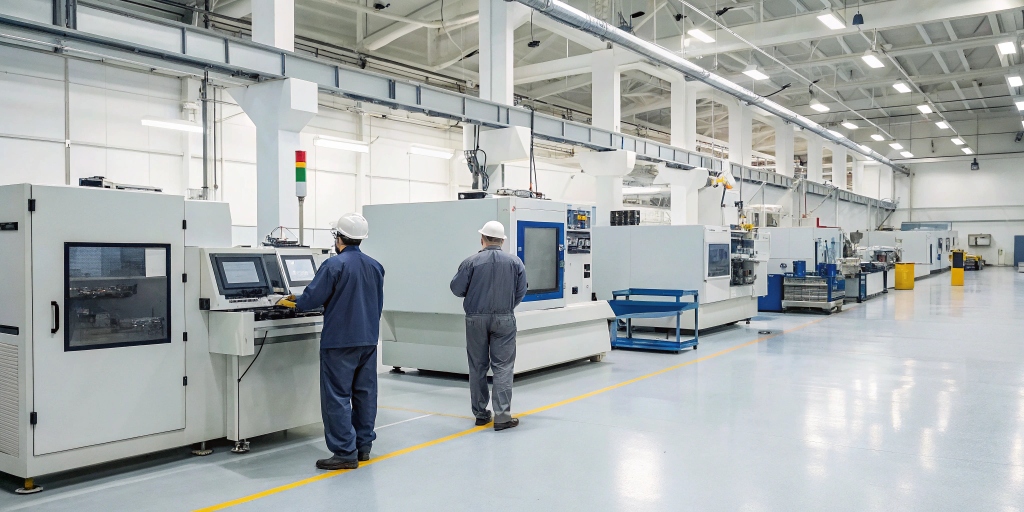Modern manufacturing depends on accuracy, consistency, and timing. In facilities where materials must be mixed, weighed, and processed with exact precision, automation makes all the difference. That’s why manufacturers partner with specialized PLC programming companies to handle their batching operations—ensuring dependable performance with every production cycle.
Reduced Human Error in Repetitive Batching Operations
Batching often involves repetitive steps that leave room for mistakes when done manually. Through automation, a PLC programming company designs systems that execute each phase identically every time, eliminating inconsistencies caused by human error. From dosing ingredients to controlling blend durations, programmable logic controllers manage the sequence with unmatched precision.
By reducing dependence on manual intervention, manufacturers can achieve tighter control over quality and yield. PLC programming simplifies routine processes, so operators can focus on oversight rather than constant adjustments. In industries such as food processing, chemicals, and pharmaceuticals, this reliability directly improves compliance with production standards.
Real-time Monitoring of Temperature, Flow, and Mixing Intervals
Real-time data is the heartbeat of efficient batching. PLC programming enables constant monitoring of variables like temperature, flow rates, and mixing intervals. Operators gain instant feedback on process conditions, allowing them to respond before a minor fluctuation becomes a quality issue.
Advanced control panels, often built using Rockwell Allen Bradley PLC hardware, display live system metrics in an easy-to-understand format. This real-time visibility enhances decision-making and helps maintain consistency across shifts. By automating supervision, plants minimize waste and uphold tighter production tolerances.
Seamless Synchronization Between Weighing Systems and Conveyors
In a batching environment, timing between weighing systems and conveyors must be precise. A PLC programming company creates synchronization protocols that ensure materials are delivered to mixers or hoppers at exactly the right moment. This level of coordination keeps the process continuous and prevents material bottlenecks or overflows.
Such seamless control reduces downtime and prevents costly product loss. Custom PLC configurations also enable adjustments for different product lines or weight specifications, maintaining accuracy while adapting to diverse manufacturing needs. This synchronization becomes the foundation of efficiency across entire production lines.
Automatic Adjustments Responding to Sensor and Feedback Inputs
Automation shines brightest when systems can think on their feet. Through feedback loops, PLC programming allows batching systems to automatically correct variables in real time. If a sensor detects temperature drift or inconsistent flow, the controller recalibrates immediately to maintain target values.
This self-correcting behavior helps prevent off-spec batches and extends the lifespan of production equipment. In large-scale operations, these adaptive controls keep performance stable without constant oversight. Manufacturers rely on this kind of responsiveness to maintain high output with minimal interruptions.
Scalable Control Systems Supporting Multiple Batch Formulations
Manufacturers rarely produce only one product. A well-programmed control system accommodates multiple recipes or formulations, allowing quick transitions between batches without major setup changes. Custom PLC systems store and execute different process parameters automatically, improving throughput and minimizing downtime.
Scalability also makes it easier to expand capacity as demand grows. Whether a plant adds new tanks, mixers, or conveyor lines, the existing control system can integrate additional modules seamlessly. Control system integrators use modular programming structures that support both current and future production goals.




